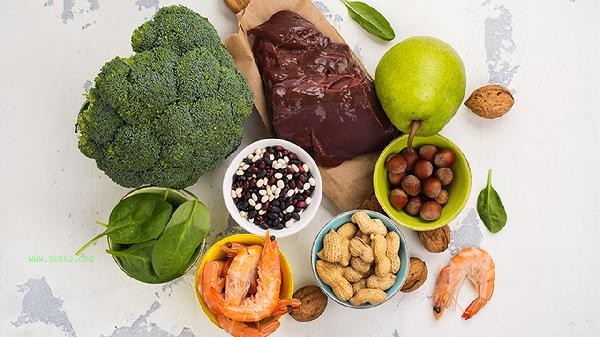The biggest fear of losing weight is not being unable to persist, but using the wrong method. The extreme weight loss methods of losing 20 pounds per month often come with a terrible rebound. Actually, scientific weight loss is like running a marathon, which requires a gradual and phased approach. Today, let's break down these three key stages and see which level you got stuck in?

1. Start up period: Body adaptation stage (1-4 weeks)
1. Metabolic system restart
Suddenly reducing calorie intake will activate the body's "energy-saving mode". At this stage, it is recommended to only create a calorie deficit of 300-500 calories per day, which is equivalent to eating half a bowl of rice and taking a half-hour walk.
2. Exercise intensity control
starts with 15 minutes of brisk walking every day and gradually increases to 30 minutes. During exercise, the heart rate is maintained at a level of (220 age) x 60%, which is the intensity that most effectively activates lipase activity.
3. Normalization of weight fluctuations
In the first week, there may be a rapid loss of 2-3 kilograms, mainly due to moisture. After that, losing 0.5-1 kilogram per week is the healthy speed, and fluctuations within 1 kilogram on the weight scale are considered normal.
2. Challenge period: Fat burning stage (4-12 weeks)
1. Nutritional upgrade
Protein should be increased to 1.2-1.5 grams per kilogram of body weight, for example, a person weighing 60 kilograms needs 72-90 grams of protein per day. Select high-quality protein sources such as eggs, fish, and soy products.
2. Optimization of exercise mode
adopts a high and low intensity alternating exercise mode, such as brisk walking for 1 minute followed by slow jogging for 30 seconds. Research shows that this interval training can burn 28% more fat.
3. Platform period coping strategies
When encountering a two-week weight loss, you can try increasing your intake of 300 calories for two consecutive days or changing your exercise program. This' deception method 'can reset metabolic rate.
3. Maintenance period: Habit formation stage (after 12 weeks)
1. Dietary flexibility management
Establish the 80/20 principle: 80% of the time is spent on healthy eating, and 20% of the time is spent enjoying delicious food. This can maintain metabolism without causing a sense of deprivation.
2. Integrating Exercise into Life
Find a long-term exercise routine, such as commuting, cycling, or taking a midday walk. Consuming 2000-3000 calories per week through exercise is the key to maintaining weight.
3. Change the frequency of weight monitoring
to once a week, allowing for a fluctuation range of 2-3 kilograms. Simultaneously paying attention to indicators such as waist circumference and body fat percentage is more valuable as a reference than just weight alone.
Many people fall into the platform phase of the first stage, and more people fail in the tedious repetition of the second stage. But what really determines the success or failure of weight loss is actually the habit formation in the third stage. Remember, weight loss is a short-term project, maintenance is a lifelong career. What stage are you currently in? You can print out these three stages and stick them on the refrigerator, and draw a small star for yourself after completing each stage. A healthy figure is worth slowly sculpting in a scientific way.








Comments (0)
Leave a Comment
No comments yet
Be the first to share your thoughts!